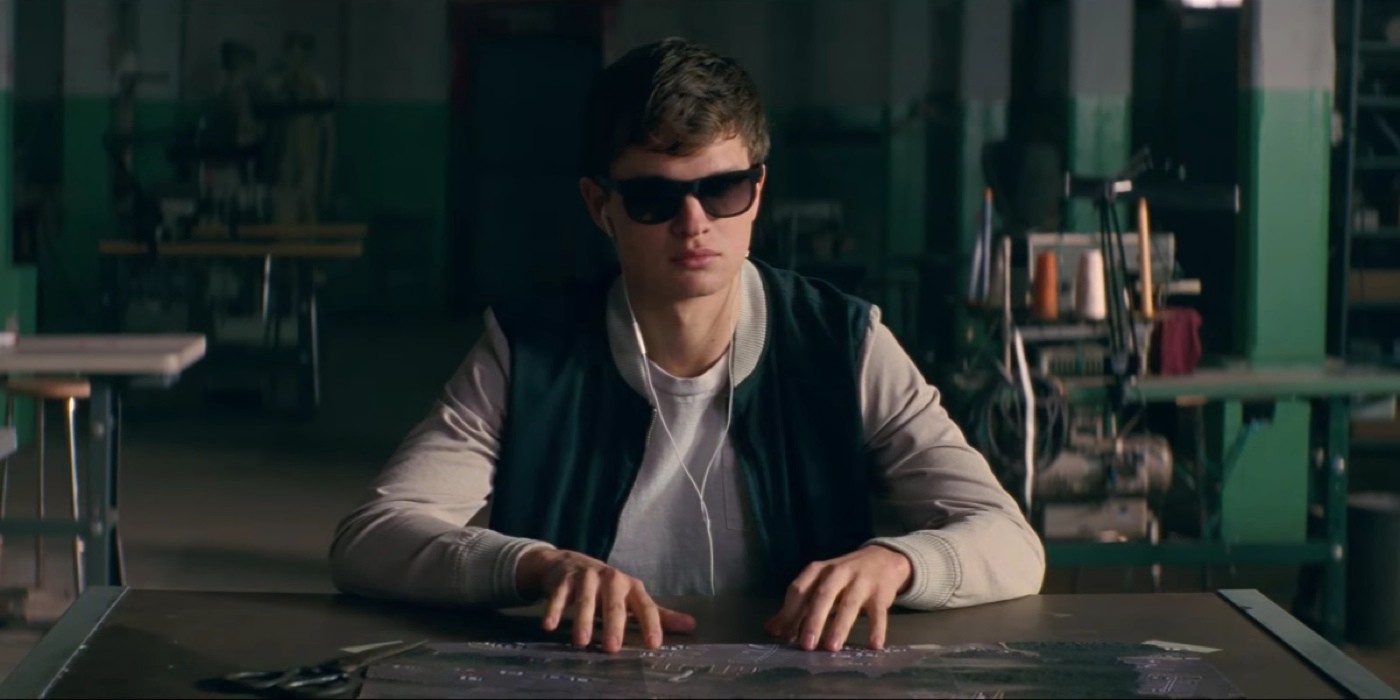Edgar Wright has always shown a knack for paying homage to traditional Hollywood genres with a unique and rather self-aware spin. In Shaun of the Dead, he created comedy through the eerie parallels between a clock-punching electronics store salesman/rom-com protagonist and George Romero-inspired zombies. The World’s End pushed the “you can’t go home again” line to its most bizarre extremes as a group of friends return to their hometown for a pub crawl only to discover that everyone has been replaced with alien duplicates. And Hot Fuzz turned the clichés of Hollywood action films on its head by transferring an action hero-inspired police officer to a mundane, crime-free town in the countryside. With Baby Driver, Wright once again strikes gold with a film inspired by classic action, heist and car chase sequences, but driven by a reliance on beats and music.
To protagonist Baby (that’s B-A-B-Y, played by Ansel Elgort), music is how he communicates with his surroundings. Having acquired tinnitus from a childhood car accident, Baby drowns out the constant ringing with a variety of songs to keep his mind and ears occupied elsewhere. As an outward appearance, this image of him in the shades and ear buds establishes Baby in the mold of a silent getaway driver. But it goes further than that: music is synonymous with the action on screen as it is for Baby’s interaction with his profession. Before a heist, he syncs up a song with the criminal’s actions from the moment they exit the car, to the point that he actually resets a song if they don’t leave on cue. In other words, every ounce of fight and vehicle choreography moves to the beat of a song on the radio or Baby’s iPod.
To read the rest of Ben’s review, click here.


